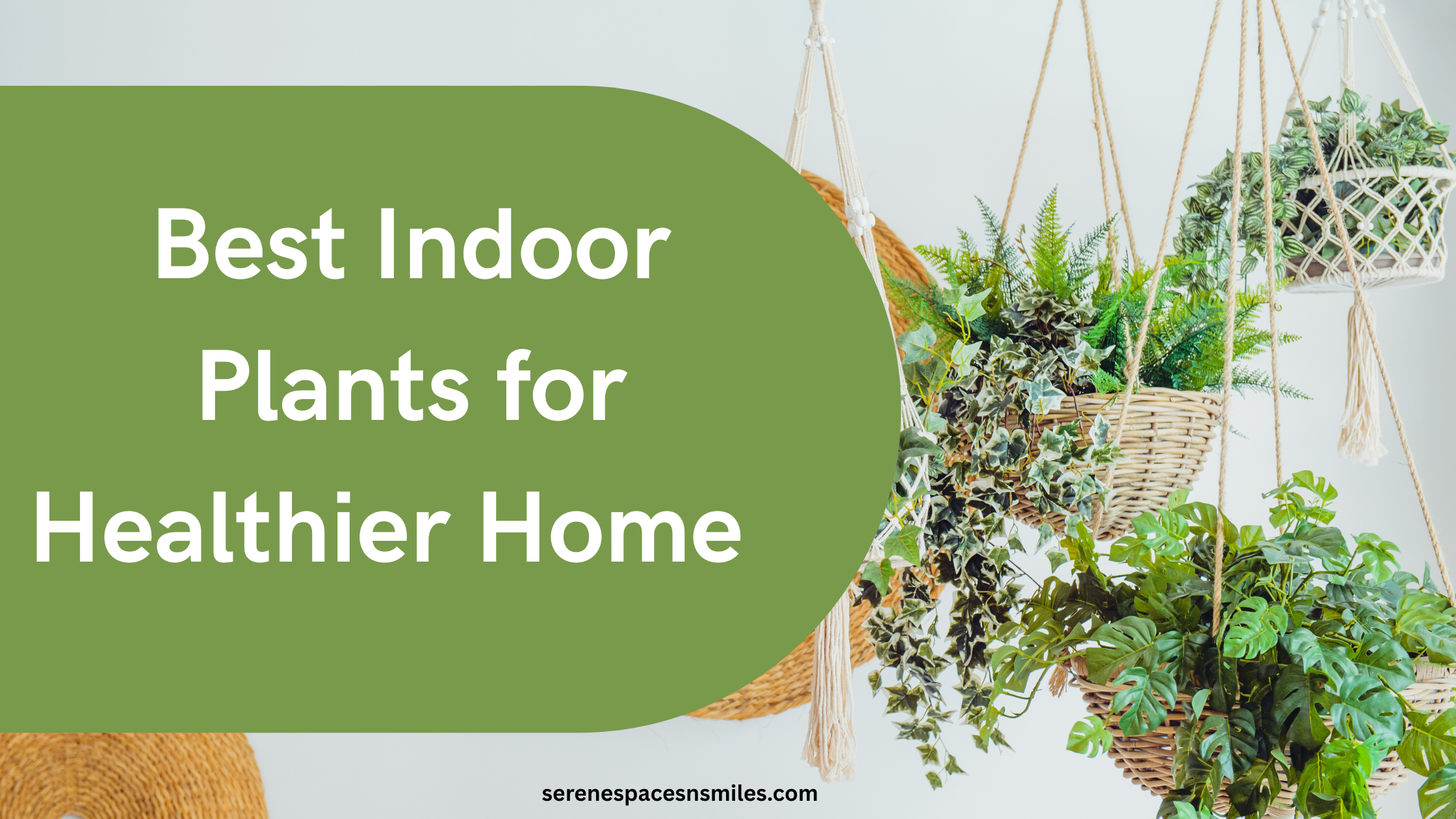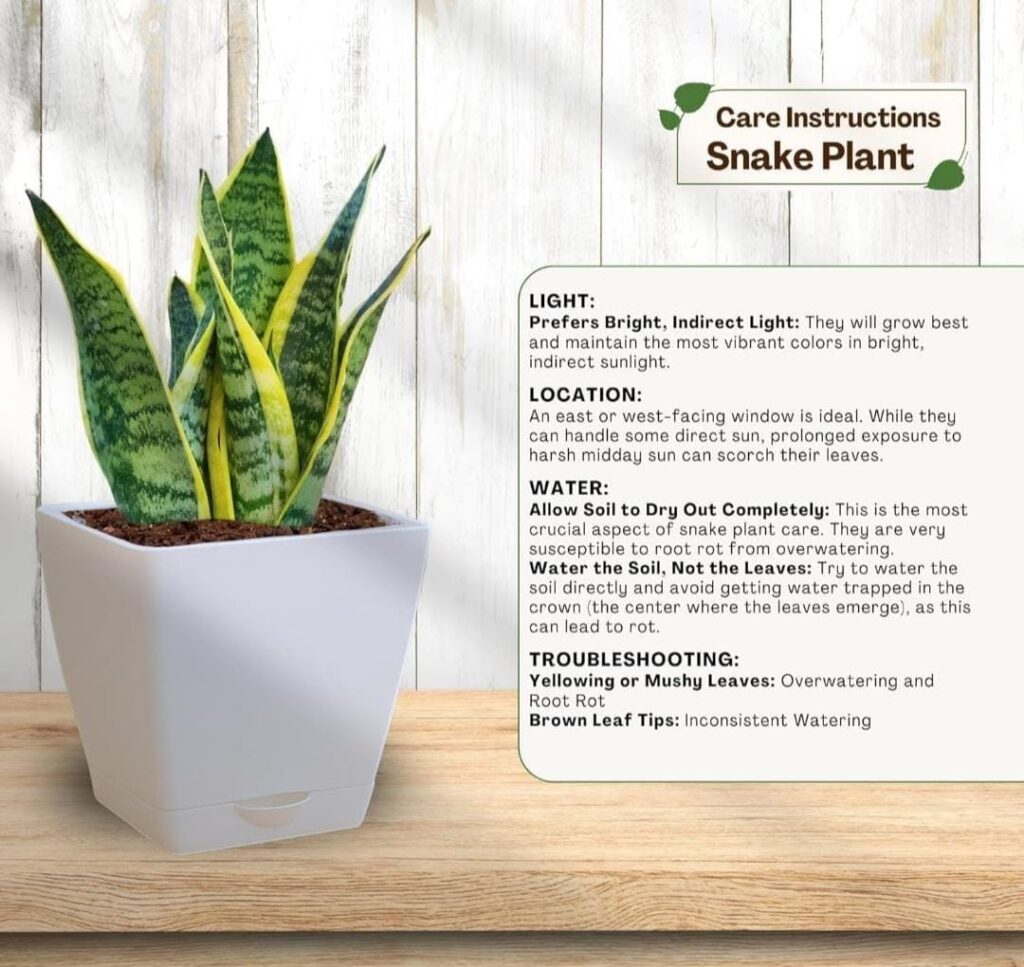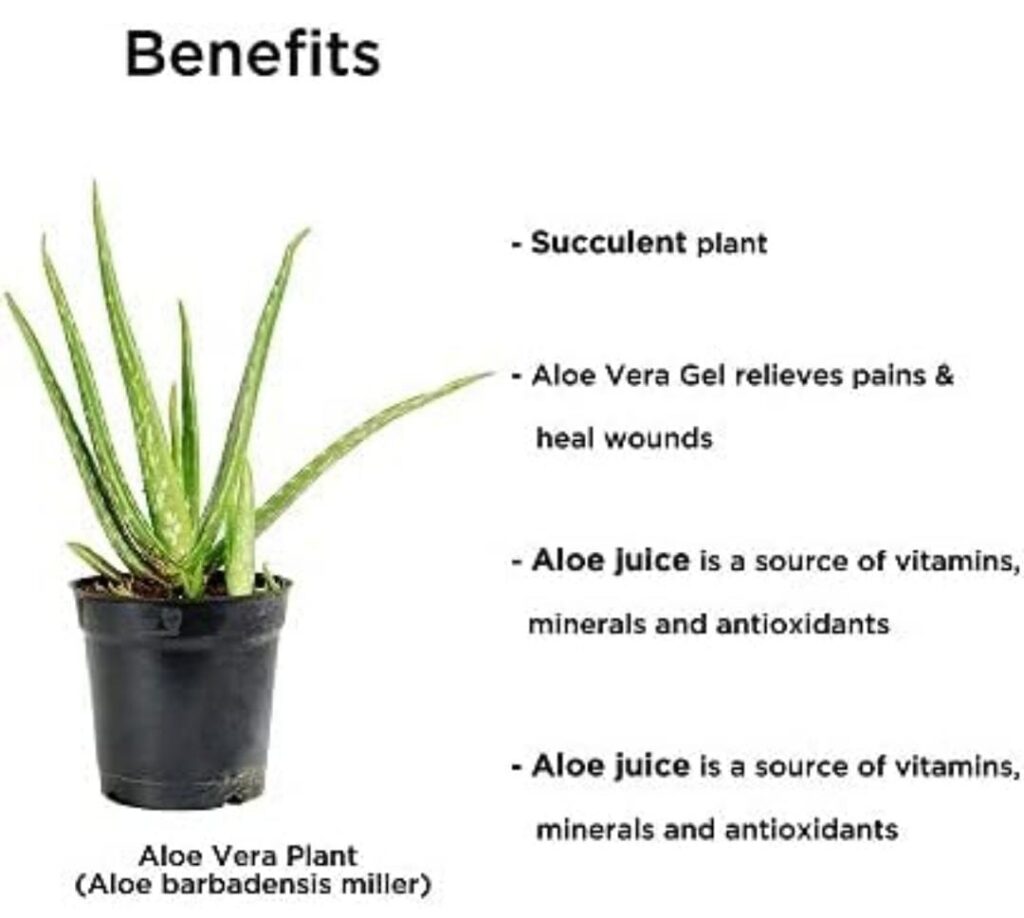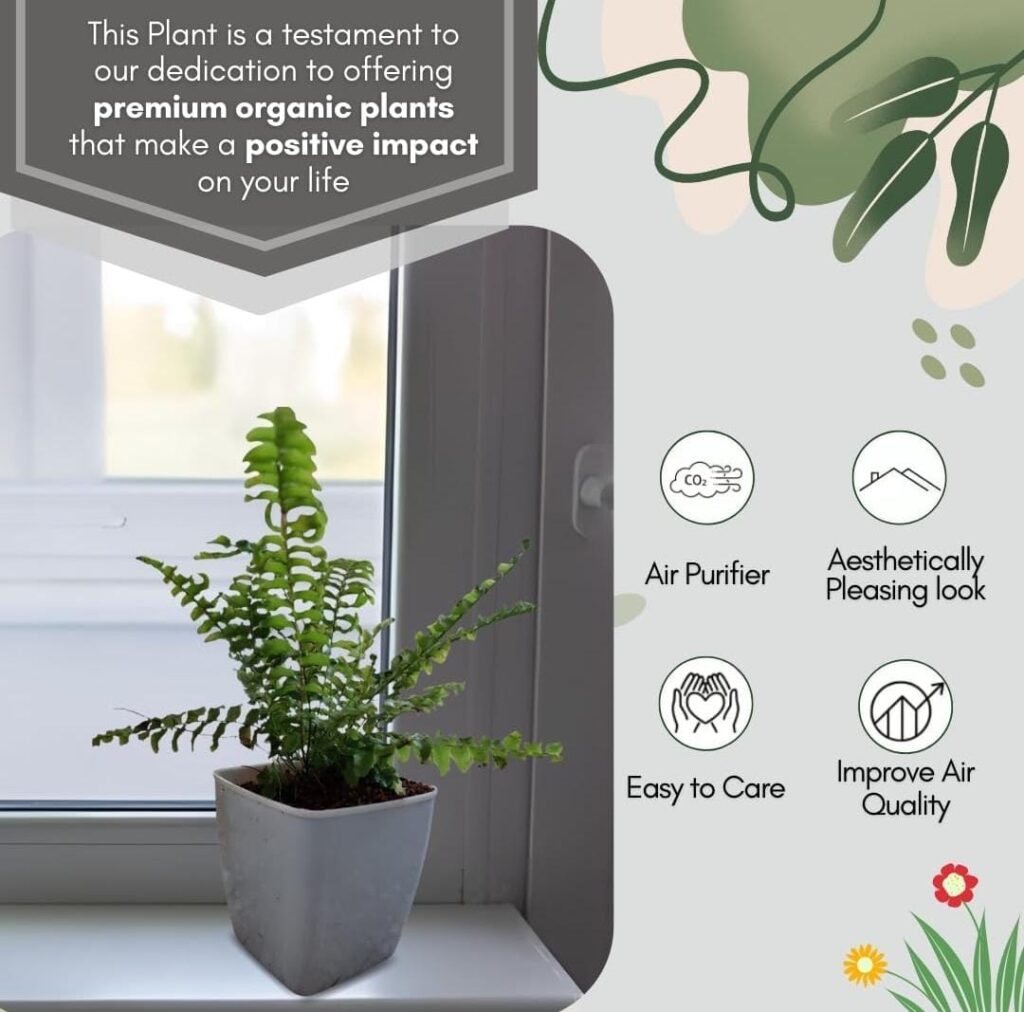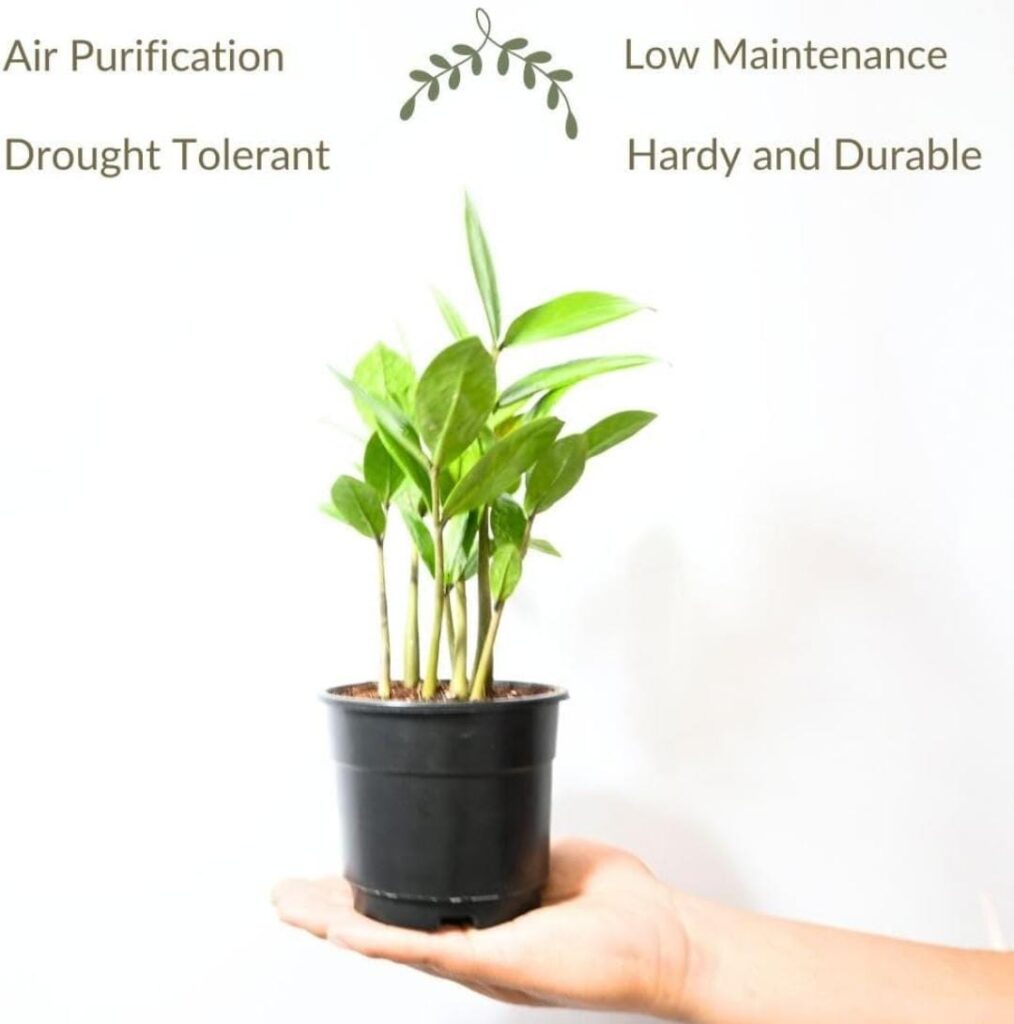Bringing the outdoors in isn’t just a design trend—it’s a lifestyle choice with proven health benefits. Whether you live in a small apartment or a spacious house, adding a few well-chosen indoor plants can dramatically improve your living environment. They purify the air, reduce stress, boost mood, and even increase productivity.
If you’re looking to green up your space while promoting wellness, here’s a list of the best indoor plants for a healthier home, along with tips on how to care for them.
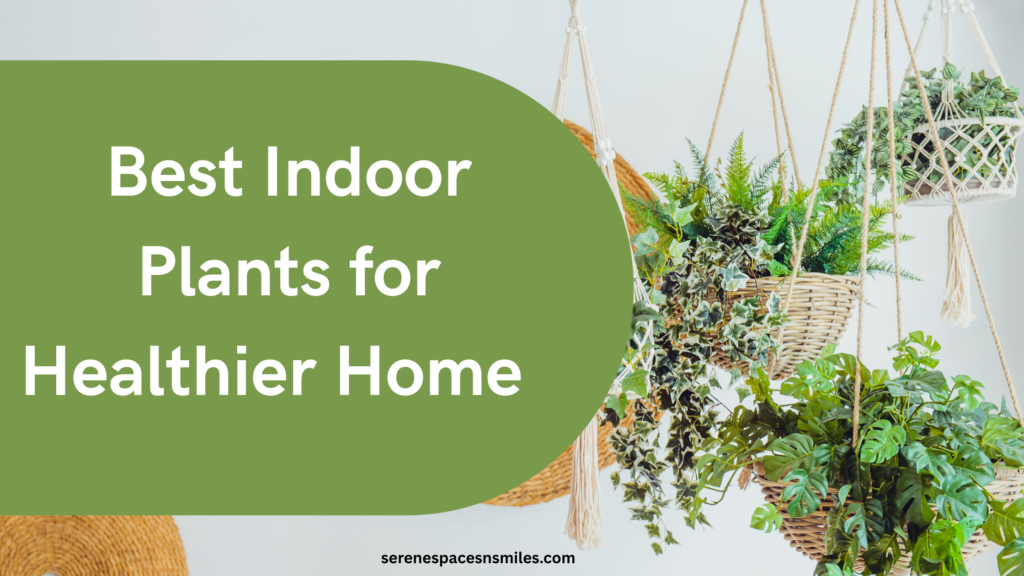
1. Snake Plant (Sansevieria)
Why it’s great:
The snake plant, also known as mother-in-law’s tongue, is one of the top air-purifying plants recommended by NASA. It removes toxins like formaldehyde, benzene, and xylene from the air.
Health benefits:
- Improves indoor air quality at night by converting CO₂ into oxygen
- Low maintenance and extremely resilient
- Helps reduce airborne allergens
Care tips:
- Tolerates low light but thrives in indirect sunlight
- Water every 2–3 weeks; allow soil to dry out between waterings
2. Peace Lily (Spathiphyllum)
Why it’s great:
Peace lilies are beautiful and powerful air-purifiers. They can remove mold spores from the air, making them ideal for bathrooms and humid areas.

Health benefits:
- Removes indoor pollutants like ammonia and formaldehyde
- Helps control mold levels in the air
- Promotes restful sleep
Care tips:
- Prefers low to medium light
- Water weekly and keep soil consistently moist
- Wipe leaves regularly to aid air purification
3. Aloe Vera
Why it’s great:
Aloe vera is not only easy to care for but also known for its healing properties. You can break off a leaf and use the gel to treat minor burns and skin irritations.
Health benefits:
- Acts as a natural air purifier
- Gel has antibacterial and anti-inflammatory properties
- Helps improve air quality while offering first-aid utility
Care tips:
- Requires bright, indirect sunlight
- Water every 2–3 weeks
- Use a well-draining potting mix
4. Spider Plant (Chlorophytum comosum)
Why it’s great:
One of the easiest indoor plants to grow, the spider plant is excellent for removing pollutants and even helps reduce carbon monoxide.
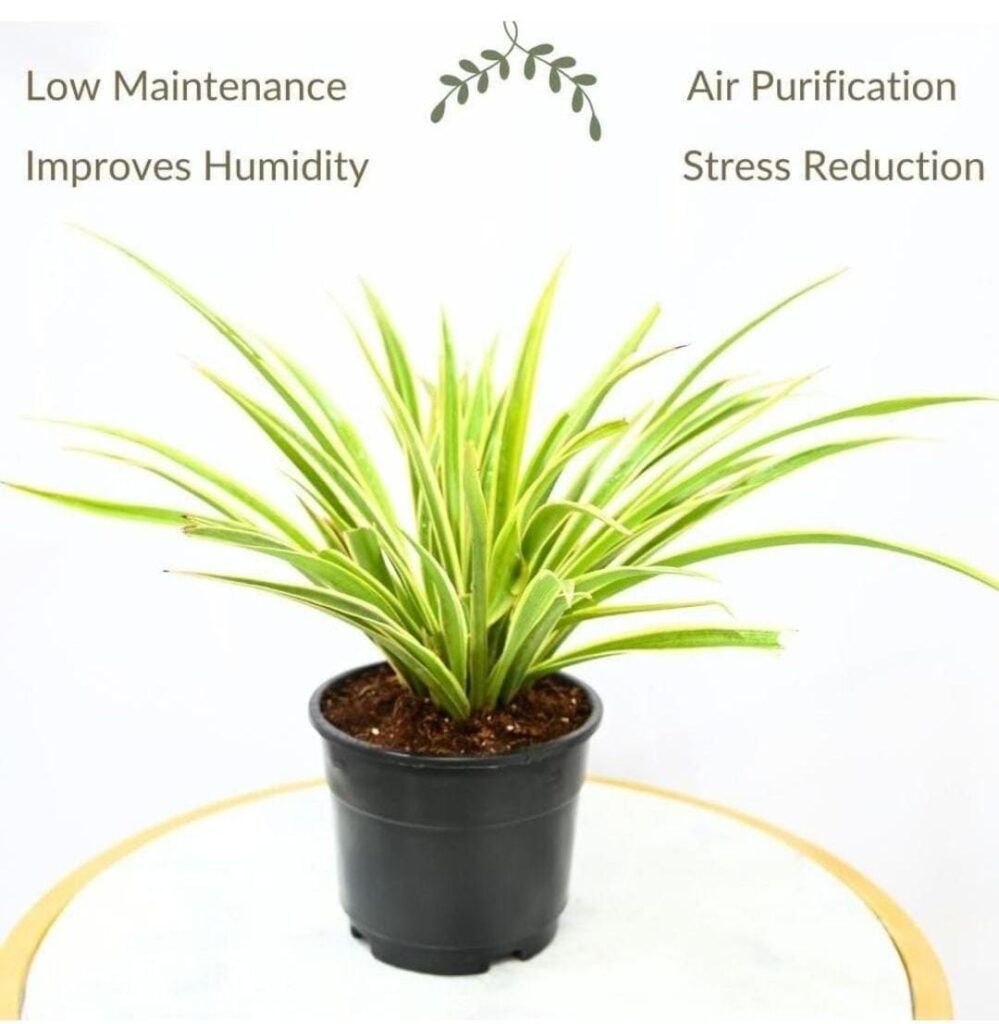
Health benefits:
- Removes formaldehyde, xylene, and carbon monoxide
- Non-toxic to pets
- Adds humidity to dry indoor air
Care tips:
- Thrives in indirect light
- Water once a week
- Keep in hanging baskets for decorative effect
5. Boston Fern (Nephrolepis exaltata)
Why it’s great:
Boston ferns are lush and vibrant, perfect for filling in empty corners with greenery. They’re known to act as natural humidifiers.
Health benefits:
- Increases indoor humidity
- Filters out xylene and formaldehyde
- Alleviates dry skin and respiratory issues
Care tips:
- Needs high humidity and indirect light
- Keep soil consistently moist
- Mist regularly or place near a humidifier
6. Rubber Plant (Ficus elastica)
Why it’s great:
This trendy plant with shiny, dark green leaves is not just aesthetically pleasing—it’s also a champion air purifier.

Health benefits:
- Removes airborne toxins like carbon monoxide
- Improves oxygen levels in rooms
- Promotes a calming atmosphere
Care tips:
- Prefers bright, filtered light
- Water every 1–2 weeks, depending on humidity
- Wipe leaves with a damp cloth to enhance photosynthesis
7. Lavender
Why it’s great:
Typically grown outdoors, lavender can thrive indoors with the right light. Its soothing scent is known to reduce stress and anxiety.
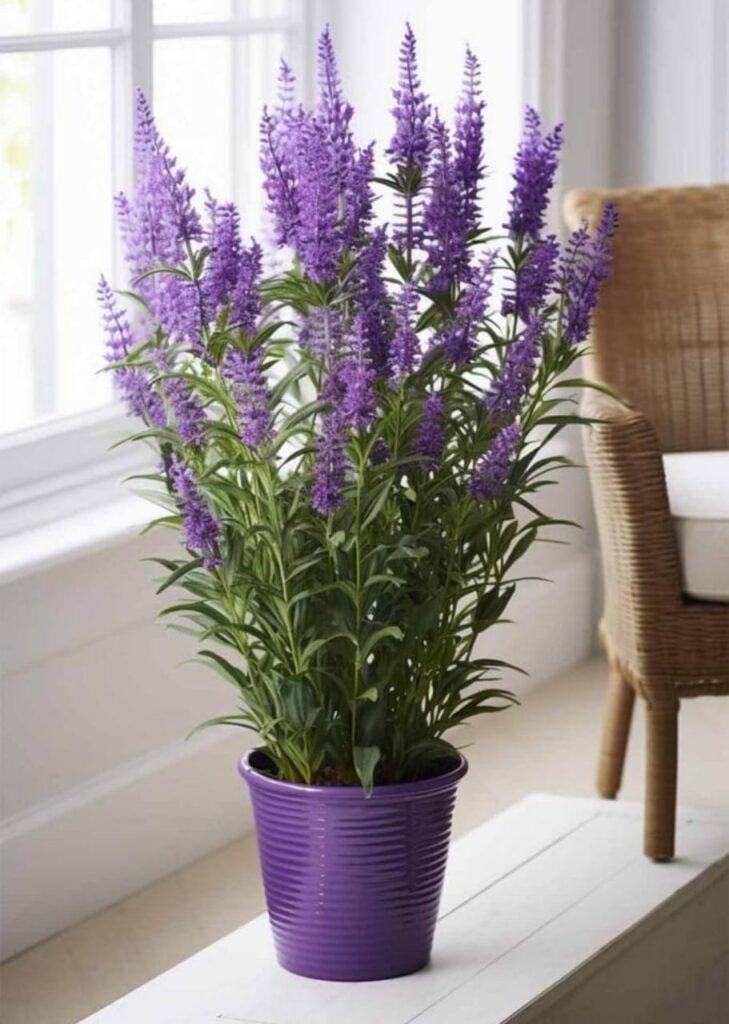
Health benefits:
- Promotes better sleep and relaxation
- Reduces anxiety and headaches
- Natural insect repellent
Care tips:
- Needs plenty of sunlight—6+ hours a day
- Water sparingly to avoid root rot
- Use well-drained soil in a pot with good airflow
8. ZZ Plant (Zamioculcas zamiifolia)
Why it’s great:
The ZZ plant is incredibly hardy and can survive in low-light conditions, making it ideal for beginners or busy homeowners.
Health benefits:
- Improves indoor air quality
- Tolerates neglect and poor lighting
- Aesthetic appeal boosts mood and room energy
Care tips:
- Low to medium light
- Water only when the soil is dry
- Avoid overwatering
9. Areca Palm
Why it’s great:
Also known as butterfly palm, Areca palm is a stylish, tropical plant that brings vibrant life into any room.
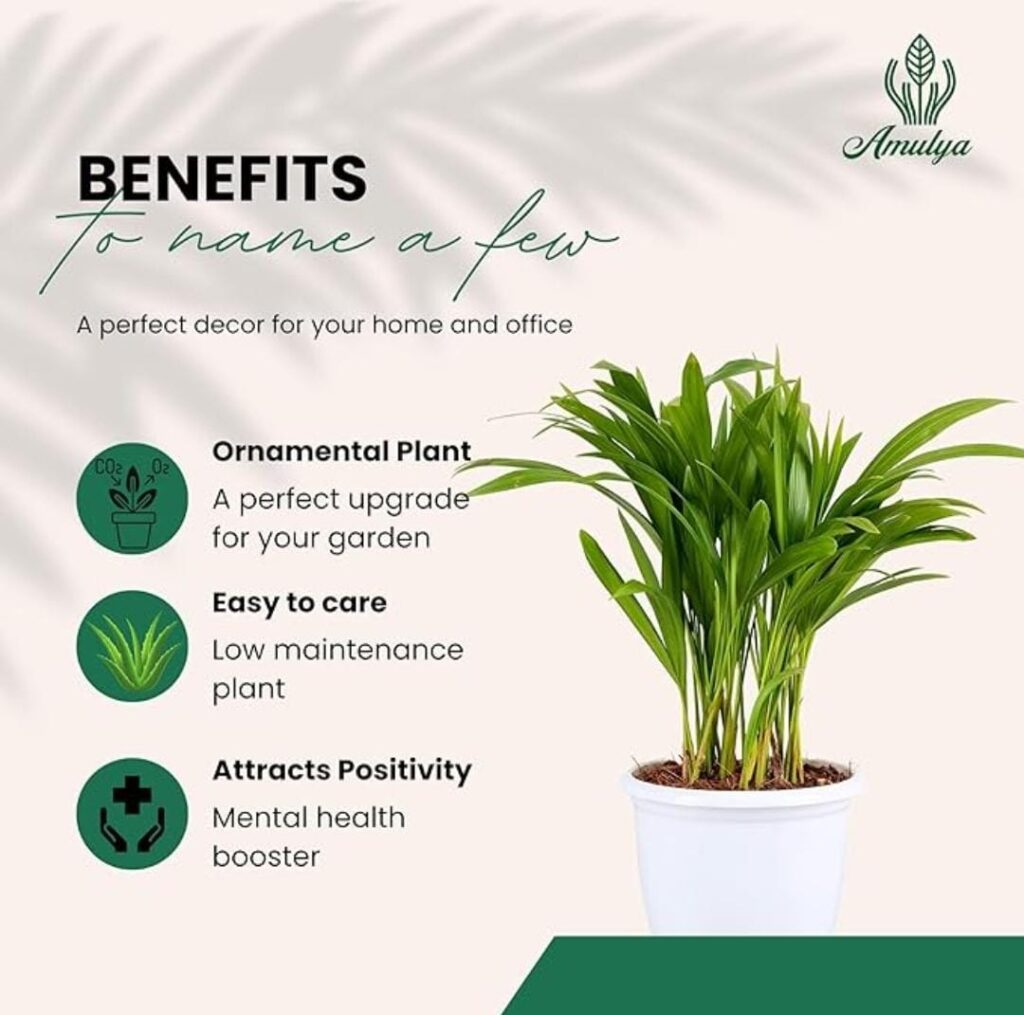
Health benefits:
- Acts as a natural humidifier
- Filters airborne toxins
- Enhances mental clarity and focus
Care tips:
- Prefers bright, indirect light
- Water when the top inch of soil is dry
- Mist occasionally to maintain humidity
How Indoor Plants Improve Home Health
Still wondering why you should fill your home with plants? Here’s what the research says:
- Air Purification: Plants remove toxins like benzene, formaldehyde, and carbon monoxide
- Stress Reduction: Just being around plants can lower cortisol levels
- Better Sleep: Plants like lavender and peace lily promote deeper rest
- Boosted Productivity: Greenery improves concentration and mental clarity
- Humidity Control: Many plants release moisture, helping with dry skin and sinus issues
Tips for Creating a Healthy Indoor Jungle
- Start slow: Begin with one or two low-maintenance plants.
- Rotate plants: To ensure they get even light and grow evenly.
- Avoid overwatering: Most houseplants die from too much water, not too little.
- Group plants together: Helps maintain humidity levels and creates visual harmony.
- Use plant stands or hanging baskets: To save space and add aesthetic appeal.
Conclusion
Incorporating indoor plants is one of the simplest and most rewarding ways to make your home healthier. Not only do they clean the air and enhance the ambiance, but they also support your mental and physical well-being. Whether you’re a seasoned plant parent or just starting out, there’s an ideal indoor plant waiting to thrive in your home.
So go ahead—bring a little green into your life, and let your home breathe better!

